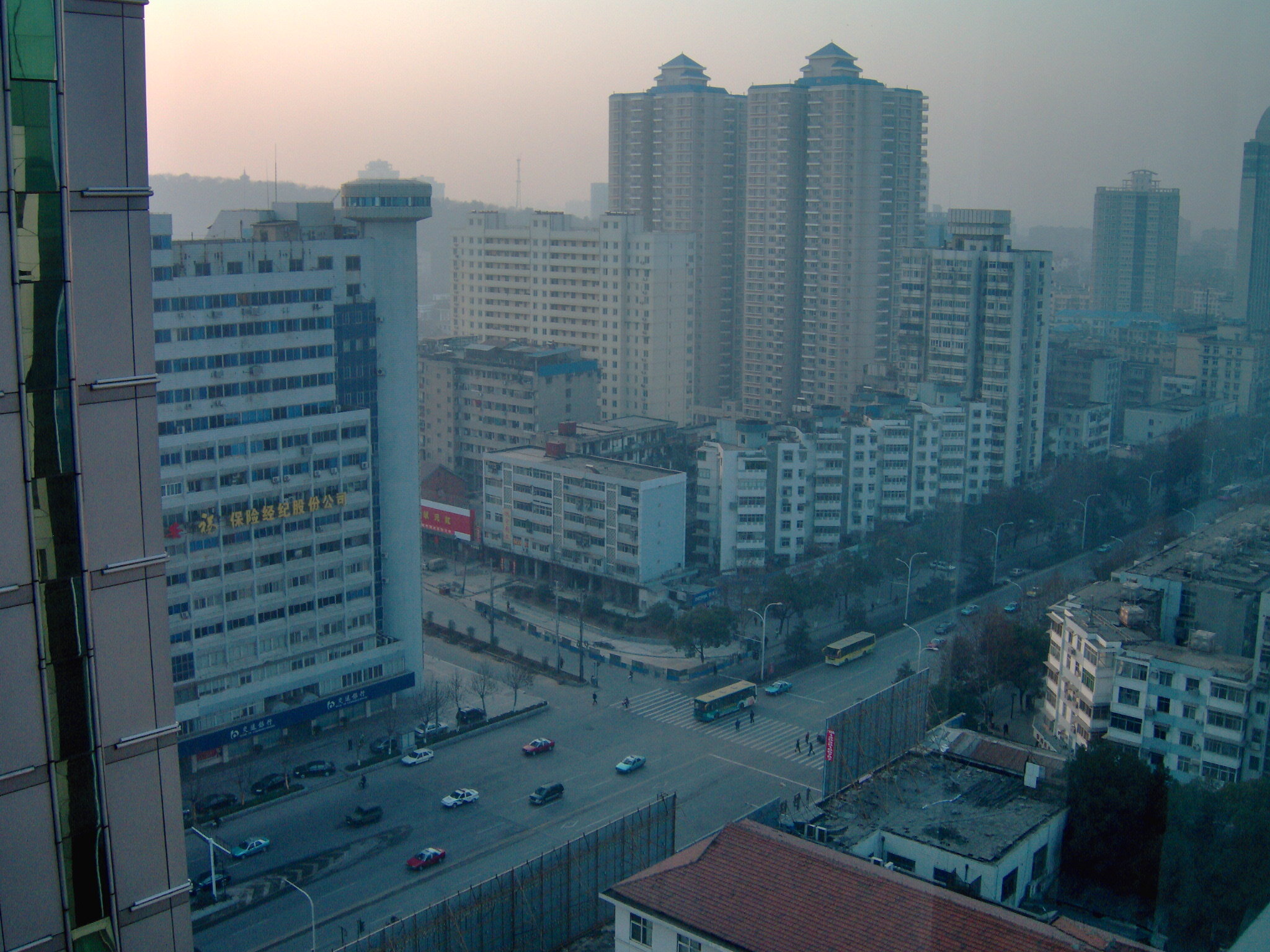It is my personal view that sufficient information now exists to suggest that the risk posed by COVID-19 has been exaggerated.
The exaggeration is primarily centered around the suggested death rate. The media are currently quoting a death rate of around 4%, however, this is based on very limited data. At this stage we do not have any idea how many people have been exposed to COVID-19 and did not experience any symptoms, or experienced only mild symptoms that did not require them to go to hospital.
In Wuhan, China, the population has been exposed to a high level of air pollution for a number of years prior to COVID-19, which predisposes to a higher death rate. If the data from Wuhan is taken out of the equation, the death rate across the rest of China may be within the range of 0.2-0.4%.
Wuhan City, China
Italy, which has been having a horrific time with COVID-19, also has a longer term problem with air pollution. In addition, the northern part of the country has the worst air quality and is also where COVID-19 seems to be more prevalent within the country. In fact, people are now talking about how much the air has improved since movement restrictions have been in place.
Incidentally, if you are in any way unconvinced that air pollution can have a significant effect, consider the fact that the World Health Organisation estimates more than 4 millions deaths worldwide are directly attributable to poor outdoor air quality each year.
Italy also has another important factor. It has a very large elderly population. In fact, just about all of the countries that have a reported high level of COVID-19 cases also have a large elderly population (defined by the percentage of people above 65 years and the overall population size).
Wuhan, China and Italy appear to have not just high levels of air pollution but also specifically high levels of PM2.5 particles, which the body cannot filter out through the nose and therefore accumulate in the body over time increasing the risk of heart disease, lung disease, and other serious conditions. COVID-19, remember, causes death because of respiratory problems.
In addition, studies had already shown that Italy has a significantly higher rate of deaths due to influenza than other European countries.
I believe air pollution and the number of elderly people within the population are important factors in the high number of cases in certain countries so far. However, Spain does not have poor air quality but also has a high incidence of COVID-19 deaths. So, what could be the cause in Spain? Well, smoking. In Spain, a lot of people smoke cigarettes, again, predisposing to more complications with COVID-19.
Earlier this week, scientists at the University of Oxford said they completed a preliminary epidemiological model that suggested almost half of the UK population have already been exposed to COVID-19. If this model terms out to be accurate it means that the death rate associated with COVID-19 is much much lower than what is currently being quoted. Since it would indicate that the vast majority of people have already built a natural immunity to the virus.
Just thinking about this also from a common sense point of view, if Prince Charles has already been exposed to it, along with many other celebrities who have tested positive, doesn’t this indicate that many of us ordinary people have also already been exposed to the virus?
COVID-19 is a serious health concern and governments and health authorities must make arrangements to care for those people who are likely to be affected, however, it is unlikely to be the generation destroying monster virus that we have been led to believe and panic over. This has huge implications since the current global lockdown is having a terrible effect on the poor. More than half a billion people around the world live in extreme poverty. Many are without food at this moment. Governments have a very difficult job in assessing all the risks on both sides, however, it may have been better to focus resources on providing adequate care for those living in higher risk areas or with preexisting conditions, and the elderly, rather than closing down the whole world for months. Instead of trillions of dollars of bailouts, just think about what could be achieved if that money was directed specifically at helping those at risk. In the end, more lives may have been saved and hundreds of millions would not have to go even more hungry than usual.
Just my opinion based on what data is currently available.
UPDATES: Mar 28th, an updated model by Imperial College in the UK is now predicting 5,700 deaths in the UK from COVID-19 - the previous estimate that informed government policy was 250,000 deaths. Meanwhile, at least 860,000 people in the higher risk category in the UK were already struggling to afford enough food before the crisis, and at least 1 million of people in the higher risk category report always or often being lonely, and therefore may struggle to find people to deliver food to them.
Dr Jay Bhattacharya, Professor of Medicine at Sanford University, previously published an article in the Wall Street Journal arguing the same points that I have mentioned above. His interview covers this in some detail:
7th April: Studies have now been done confirming COVID-19 deaths are associated with air pollution, as per my hypothesis in the original blog entry above. As reported in the Guardian:

